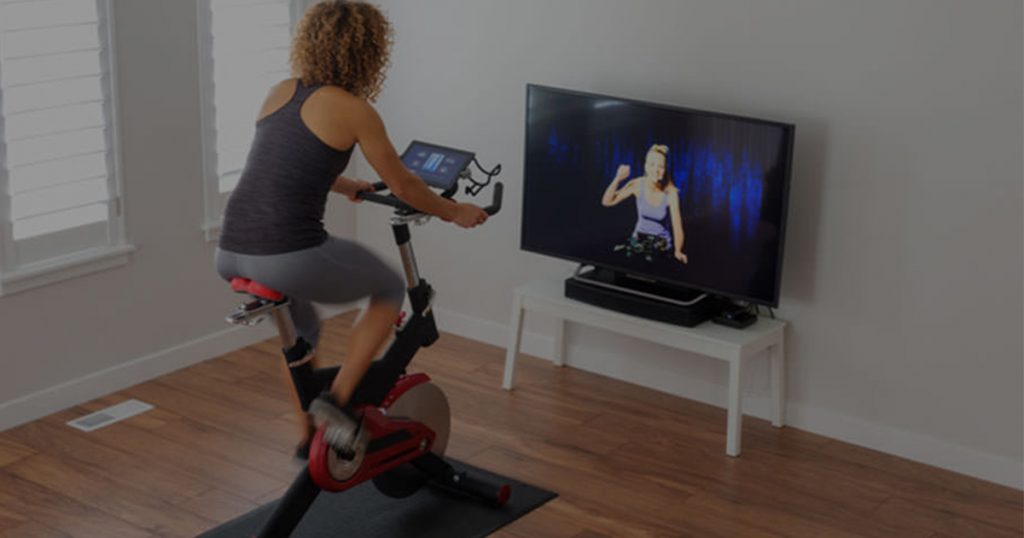

There are few years that impact the fitness industry – or any industry – like 2020 has. A year of mitigation and mandates to slow the spread of the coronavirus, and an unpredictable, evolving landscape where many of us planned for, and worked through, club closures, thankful re-openings and recent closures again. As we cross the line from 2020 into this new year, many clubs across the country are temporarily closed by state order, or beginning to reopen in some form. Better times are coming and if there’s a silver lining to all of this, it’s that we’ve learned as a global industry over the past 10 months things will help inform and possibly reshape club operations as 2021 unfolds. What are those lessons and what should we take with us as we plan operations for the coming year?
The Club Landscape Continues to Evolve
2020 saw seven well-known club brands file for bankruptcy in 2020, including among others Gold’s Gym, which closed 30 locations in May and Fly Wheel that permanently shuttered 42 locations as of September. The pandemic threw a wrench into a lot of fitness franchises in an industry that operates on a lean financial model at the best of times. Some brands (Gold’s included) and 24 Hour fitness have been saved by private equity investment and there is definitely opportunity for other investors, with cash at the ready, to take the best elements and ideas of some of these failing fitness clubs and combine them for greater success in the future.
The short-term club market remains uncertain to some degree. Midsize clubs are juggling the fine balancing line between a boutique-like member experience and higher costs in a more price sensitive member environment. Small clubs and studios that, by their nature, operate in a reduced physical footprint are perhaps under the greatest threat as state mandates and post Covid safety protocols will most likely have a longer-term impact on class sizes, club member volumes and perhaps even the number of stationary bikes you can fit into a small space studio. But these are the same clubs that already are experts at managing class sizes and schedules and have a very engaged social membership following. Time will tell how clubs fare, but the challenges certainly still exist.
Innovation, Adaptability is Alive and Well
One of the greatest learnings of the past year has been the surge in fitness industry innovation.
In December, just before the end of the year, Apple introduced Apple Fitness+, a combination of streaming fitness content and performance metrics from users’ Apple Watches. And Peloton announced the acquisition of Precor, creating a US-based manufacturing footprint to fast-track the production of bikes, treadmills and other upcoming connected fitness products.
Before all of this and for months the country’s 330,000 fitness instructors and personal trainers, many of whom work on W9 contracts with clubs and gyms, demonstrated their own innovative spirit and adaptability as they reconfigured ways to offer training amid the realities of the changing fitness world and rapidly shifting needs of members and clients. At the instructor level that led to the rise of Facebook live and Zoom call fitness classes as well as private one on one online training sessions. But instructors also found ways to add social media tipping to their sessions and report an increase in earnings. That’s not across the board of course, but it shows the resilience of the industry’s trainers. At the club level too we’ve seen on-demand, streamed at home fitness and wellness content explode. At FitnessOnDemand we recently passed one million minutes of streamed content to members at home or on the go and the demand shows no sign of slowing down. What all of this points to is an increased flexibility, a new sense of adaptability from instructor to club operator that we’ll likely see grow in the year ahead. It’s a willingness to rapidly flip old models and embrace new thinking that has, and will continue to, keep members engaged, happy and healthy.
The Hybrid Club Model is the Real Club Model Now
Covid-19 vaccines are beginning to roll out across the country to those on the frontlines, and the National Institutes of Health estimates they will be available to all, or the majority, of the American public by the spring. Some things will begin a gradual return to “normal” but the fitness industry may have changed for good. Club operators and members alike learned, and embraced, the benefits of a more flexible, hybrid membership model – where members get the ability to work out on site or stream classes and content at home, and then blend both experiences. As 2021 progresses, we’ll see the hybrid model normalized across the industry, where members expect the same access to premium fitness experiences in the home, on their mobile devices and wherever they are. At home and in-studio workouts and progress monitoring will continue to synchronize and instructors who teach a live class will make.

But more than streaming classes, virtually-anywhere fitness content and on-demand access, operators and club managers are also evolving the way they think about engaging with membership. In 2021 members will be truly beyond the club walls, working out at home, in outdoor fitness spaces – an increasing trend – and wherever they are on the go. Online scheduling for classes and “positions” in those classes continues to get more sophisticated and members should soon expect the ability to make more reservations for services and equipment even while outside of the club.
Fitness at Work
Another big change in the 2021 fitness landscape? Commercial fitness – employers who provide studios and other fitness facilities to their employees in one or multiple corporate campus locations. Social media giants Facebook and Twitter made recent announcements that they are embracing permanent work from home options. Even more telling Nationwide Insurance, one of the oldest and largest insurance companies in the country, closed five of its regional offices permanently thanks to a smooth work from home experience. Employees want this change too. A recent Global Workplace Analytics Survey shows 77 % of workers are productive and happy at home and managers are satisfied.

What all of this means of course for the fitness world is that those same companies, many with mandated corporate employee wellness programs and healthy lifestyle insurance premium breaks, will perhaps switch to a hybrid fitness model too. Access to facilities on site and on the go or at home. This is a rapidly developing trend, but when companies like Morgan Stanley say 90 percent of their 60,000 employees are working well at home and many not be coming back, it’s a huge shift on the horizon.
Tech Will Continue to Drive the Bus
The adoption rate for technology in the fitness industry was already growing quickly but the Covid-19 pandemic supercharged the speed at which clubs brought in all kinds of technology. That pace shows no sign of slowing in 2021. Beyond virtual fitness and digital content integrated into a truly hybrid club model, clubs are also looking for tech innovation, apps and ideas that make doing business easier – and less expensive following the financial toll of the pandemic. AI and automation will increase rapidly. Automated check-ins. Sophisticated use of member data to tailor experiences to needs and of course a trend that has been growing for a while, the continued integration of wearables and in-studio data usage. Don’t be surprised to see more class member performance statistics, hear rates and other data becoming a much bigger and more visible part of classes in and out of the club.
Final Take Away
Nobody can argue 2020 was a tough year, but as the new year unfolds, it’s inspiring to see the innovation, adaptability and evolution that’s happening across the fitness industry from club operators, instructors and members alike. Happy New Year!

Author
